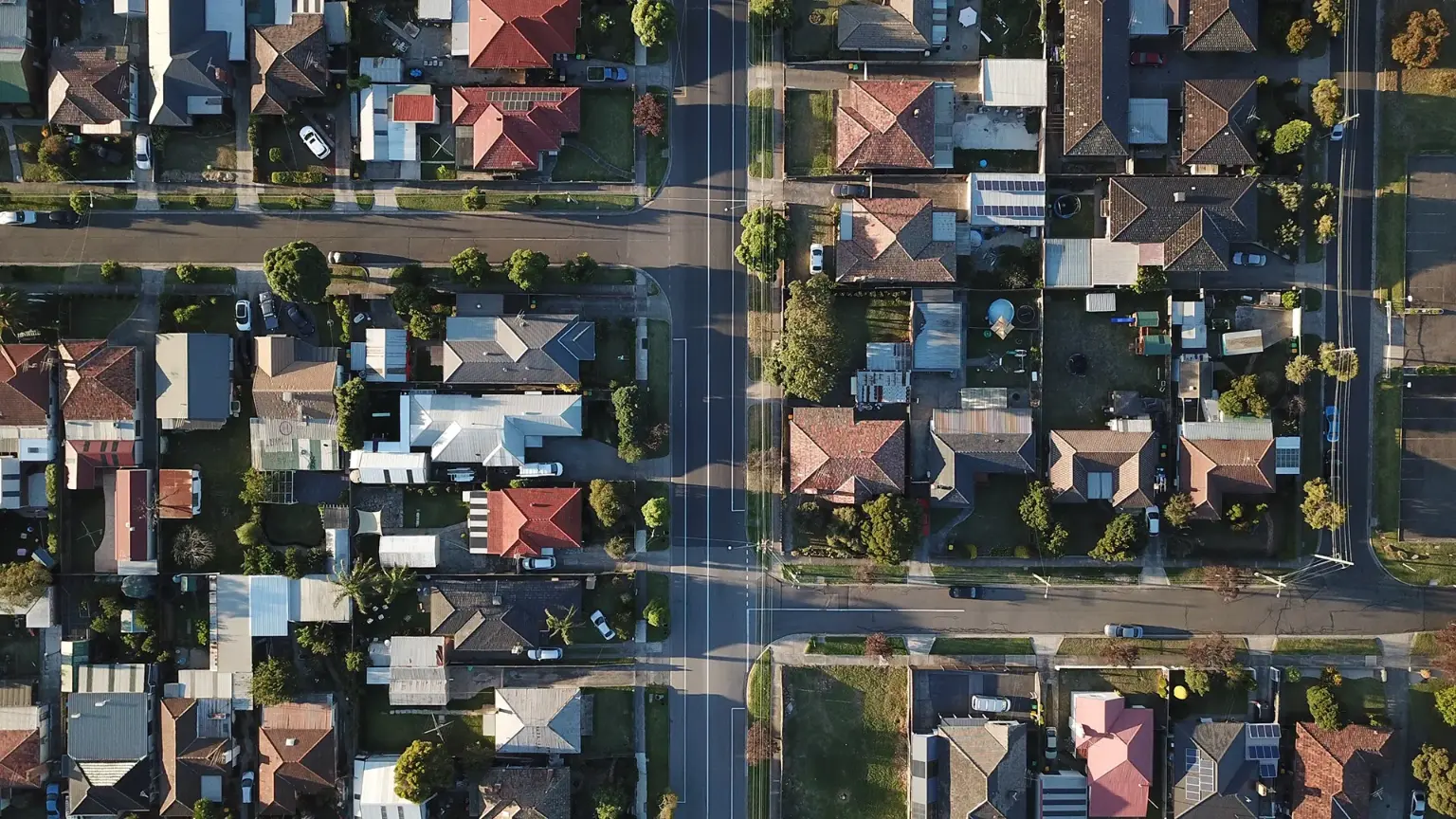Due Diligence For Off-The-Plan Properties
The Checklist For Every Real Estate Investor.
Investing in off-plan properties can be lucrative, but it comes with its own set of challenges. Performing your own thorough due diligence before committing to a purchase is crucial. This checklist is designed to guide you through the essential aspects of due diligence for off-plan properties, ensuring you make an informed decision.
Purchase Structure
Consider how you’re purchasing the property. Whether as an individual investor, through a company, trust, or Self-Managed Super Fund (SMSF), understanding the best structure is vital for success and tax efficiency.
Deposit Financing
Evaluate your means for funding the deposit – be it cash, equity, or through your SMSF. Each option has implications for your liquidity and investment strategy.
Investment Goals
Define your investment objectives. Are you seeking capital growth, yield, or a blend of both? Your goals will influence the type of property and location you choose.
Property Type
Understand the risks and benefits of various property types, including units, townhouses, house and land packages, dual key, duplexes, dual occupancy, SDA, and Defence Housing. Each has unique characteristics and market demands.
Market Demand
Research the demand for your chosen property type in the desired location. Be wary of market shifts that could affect demand, such as changes in defence base locations mining activities or oversupply.
Land Registration
For land purchases, confirm the land registration timeline to ensure it aligns with your investment timeframe.
Valuation
Ensure the property’s valuation meets your expectations to avoid unexpected shortfalls that require additional out-of-pocket expenses.
Loan Options
Select a loan that aligns with your investment goals. Consider factors like interest rates, flexibility, and loan terms.
Legal Expertise
Choose a conveyancer or solicitor with expertise in construction. They should understand the nuances of construction contracts and processes.
Builder
Are you comfortable with the builder, are they professional, responsive and give you confidence? Do they have reviews and testimonials?
Build Contract Details
Review the build contract thoroughly. Understand what’s included, such as approvals, inclusions, and timeframes. Ensure the contract reflects your expectations and the promotional materials.
Warranties and Guarantees
Familiarise yourself with all construction warranties and guarantees for fixtures and workmanship as outlined in the contract documents. These are essential for protecting your investment.
Handover Inspections
Consider organising an independent building inspection before handover to ensure the property meets all agreed standards and have the builder repair any issues prior to accepting the property.
Property Management
Decide on a property management company. Assess their reputation and readiness to manage your property efficiently, including handling any potential waiting lists.
Depreciation Schedule
Order a professional depreciation schedule to ensure you take advantage of all the available deductions.
Conclusion
When undertaking due diligence for a new build, be mindful that construction can span from eight months to over two years. Ensure your plans account for various outcomes, aligning with the market’s readiness at the time of your investment’s completion.
This checklist is a starting point for your due diligence process. It’s crucial to adapt and expand it based on your specific circumstances and the unique aspects of the off-plan property you’re considering.
Proper due diligence will position you to make a well-informed investment decision, minimising risks and maximising returns all whilst giving you confidence in your investment

_176766512377GnS-card.png)
_1760408926gJ50A-card.jpg)
_1758680457EfP8W-card.png)
_1754959266HOub5-card.png)
_1752115352WpaHL-card.jpg)
_1751940993PbDjZ-card.jpg)

_176766512377GnS.png)
_1764731815HUFUX.jpg)
_1764211036lHsm6.png)
_1762916285NoFl4.jpg)
_17623130443GJfk.jpg)
_1760408926gJ50A.jpg)



